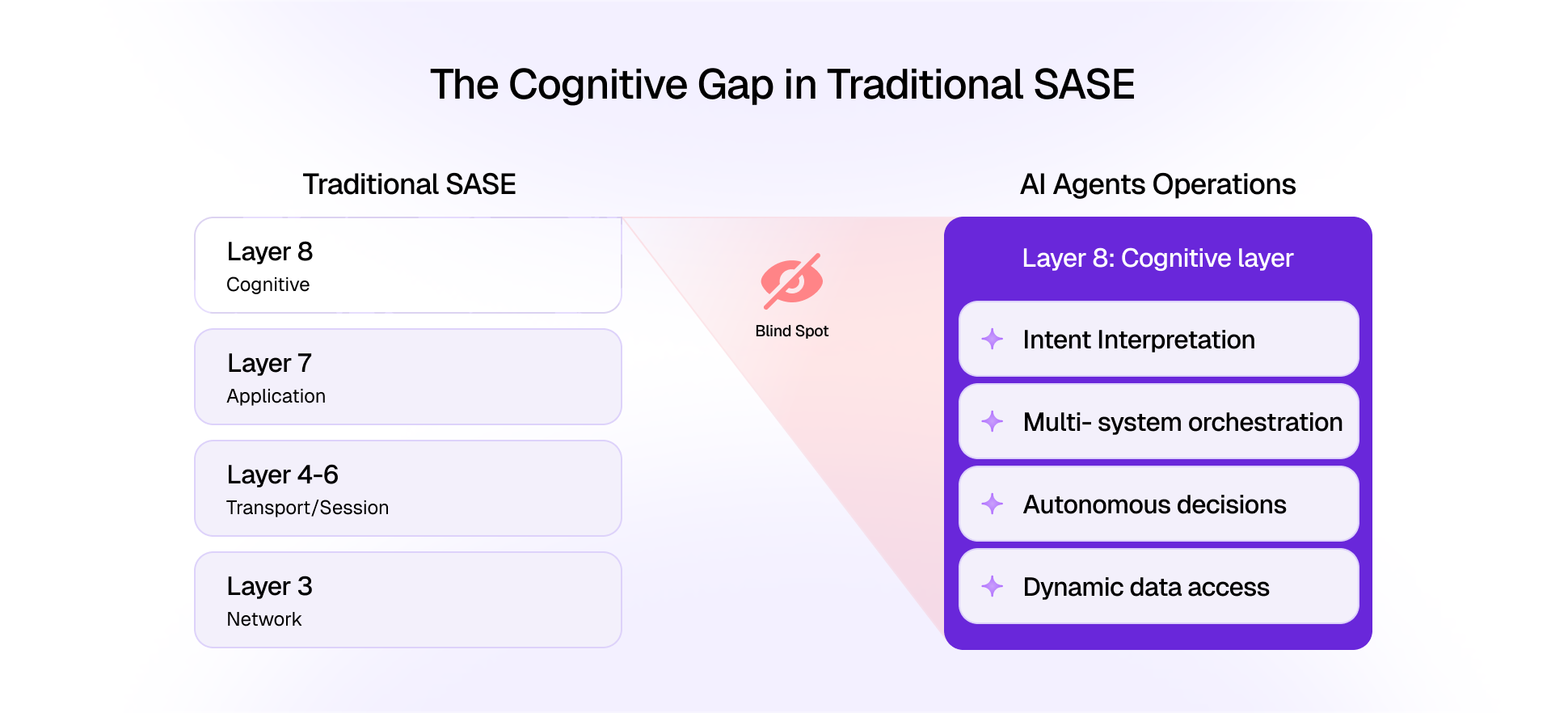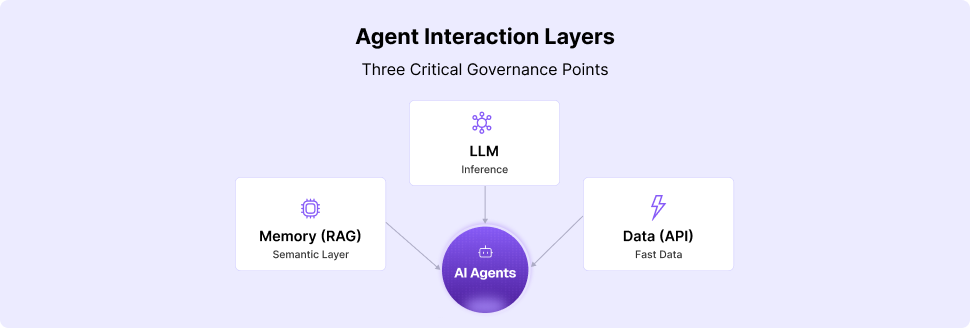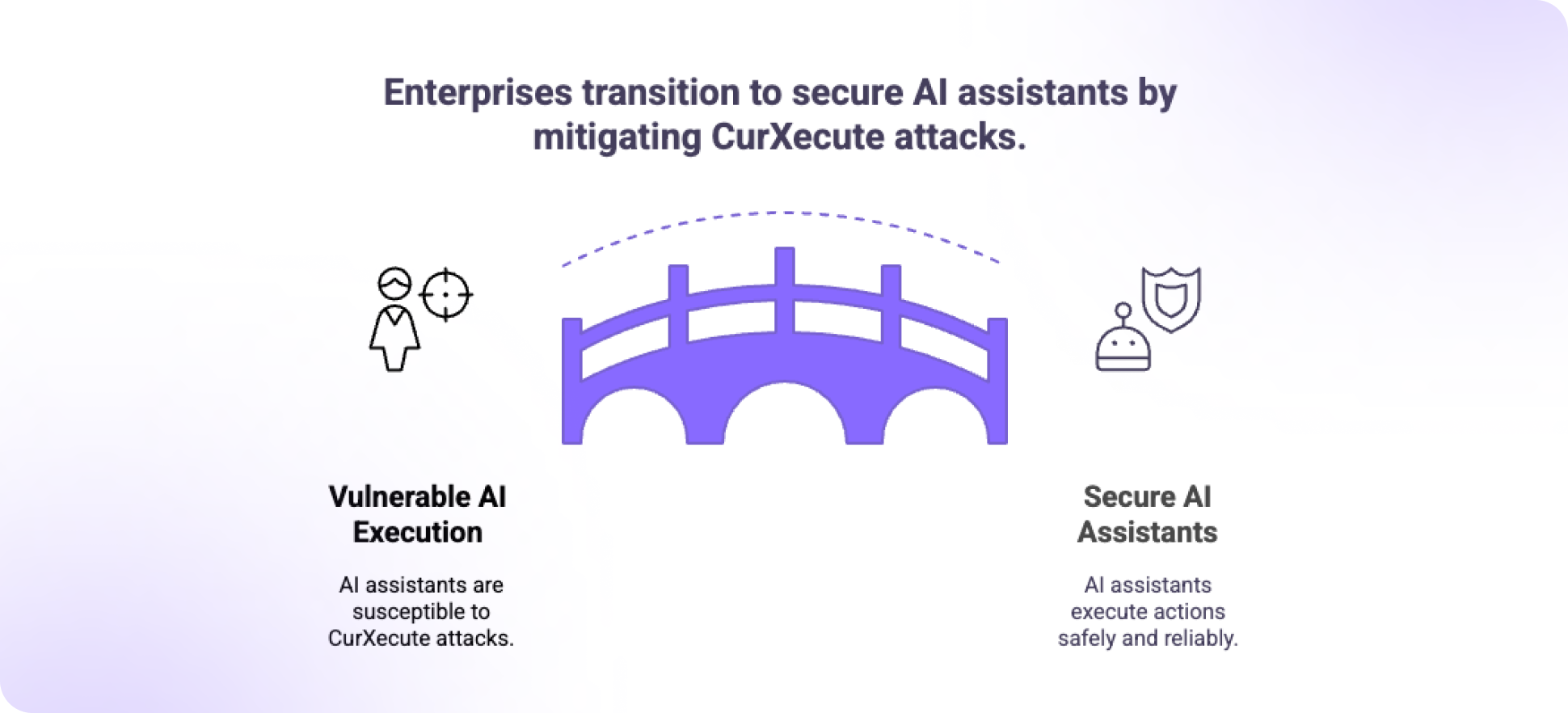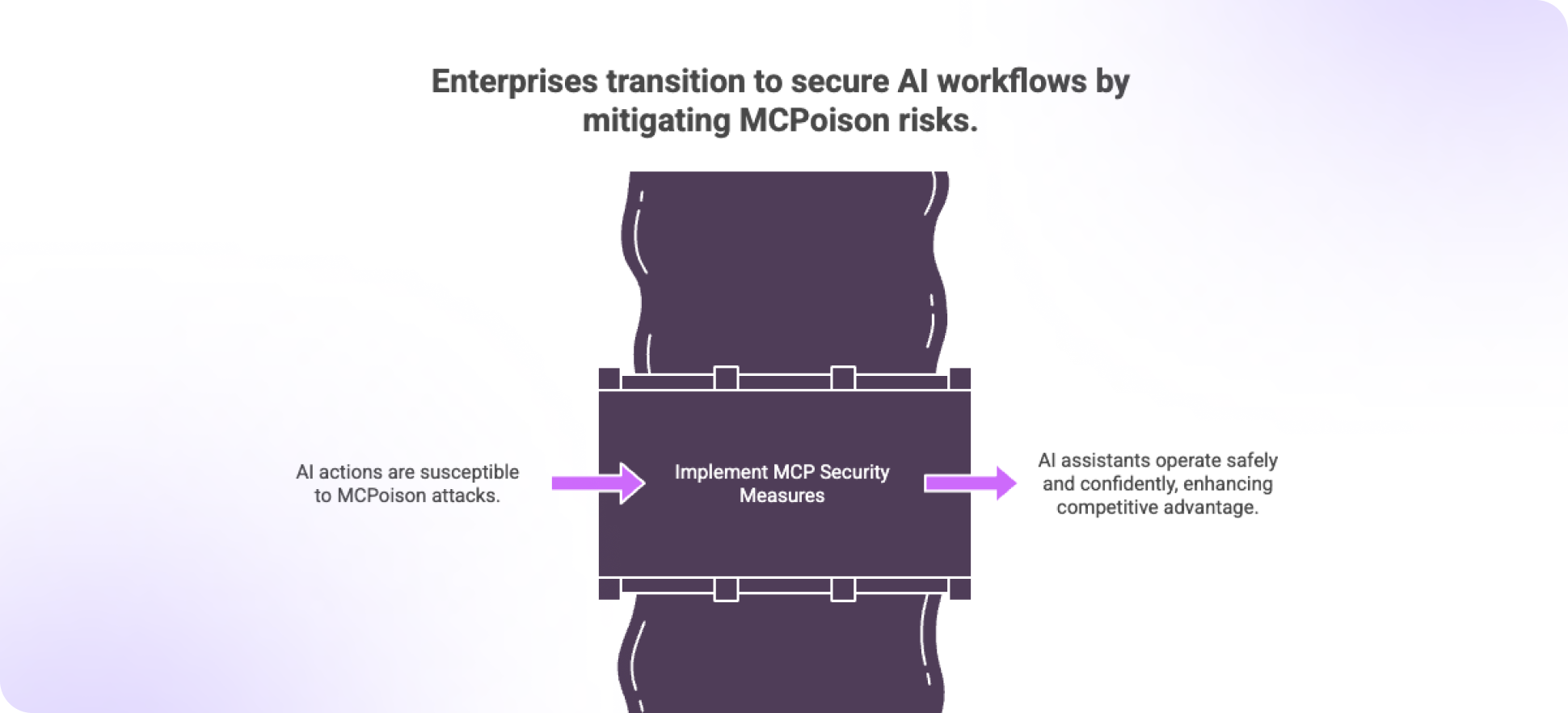Why Traditional SASE Falls Short in the Age of AI Agents
The Agentic Revolution is Here
Enterprise computing is undergoing its most significant transformation since the internet. AI agents are no longer experimental tools - they’re becoming the primary interface between humans and enterprise systems. Developers code through Cursor with direct access to Jira tickets and production databases. Sales teams deploy autonomous agents that navigate CRM systems and execute complex workflows. IT operations rely on agents that can reason across infrastructure, security tools, and business applications.
The challenge: Traditional SASE architectures were designed for a human-centric world. They secure network traffic, verify user identities, and control application access, but they’re blind to the cognitive layer where AI agents make decisions, interpret context, and orchestrate actions across enterprise systems.
The opportunity: Agentic SASE represents the next evolution of enterprise security, extending proven SASE principles into the cognitive realm where AI agents operate. Organizations that implement Agentic SASE today will secure their AI transformation while their competitors struggle with the limitations of legacy security models.
The Cognitive Gap in Traditional SASE
Layer 8: Where Agents Live
Traditional SASE excels at Layers 3-7: network security, identity verification, application access control. But AI agents operate at the Cognitive Layer, a conceptual Layer 8 where:
- Intent drives action: Agents interpret natural language requests and translate them into complex multi-system operations.
- Context shapes decisions: A single user request might trigger agent interactions with GitHub, Jira, Slack, and production databases simultaneously.
- Reasoning creates risk: Agents make autonomous decisions about data access, system modifications, and external communications.
- Emergent behaviors evolve: Agent capabilities expand through tool integration, creating new attack surfaces faster than traditional security can adapt.

The SASE Vendor Blind Spot
Leading SASE vendors (Zscaler, Palo Alto Prisma, Cloudflare Zero Trust) face fundamental limitations in the agentic era:
Protocol Blindness: HTTP inspection can’t parse MCP (Model Control Protocol) or understand agentic intent.
Identity Mismatch: Traditional RBAC doesn’t account for agents that need different permissions than their human operators.
Reactive Posture: Signature-based detection fails against novel agent behaviors and cognitive attacks.
Data Context Gap: Network-level security misses the semantic meaning of agent data interactions.
Agentic SASE: Data-Aware Guardians for Enterprise AI
Effective guardian agents for enterprise AI require deep enterprise context, not just AI behavior monitoring. Data-aware guardians bridge the gap between probabilistic AI operations and deterministic enterprise policy by understanding business data, system relationships, and organizational constraints.
The critical difference lies in this data awareness. When an agent requests customer data access, data-aware guardians evaluate what that data represents, which policies govern it, and whether the action aligns with business rules - ensuring AI decision-making respects the hard edges of enterprise governance.
The Agentic SASE Architecture
- Cognitive Protocol Governance: Native understanding of MCP, future A2A (Agent-to-Agent) protocols, and semantic communication patterns that operate above traditional Layer 7.
- Agentic Policy Framework: Context-aware policies that consider agent identity, behavioral patterns, data sensitivity, and cross-system orchestration, not just user permissions.
- Data-Aware Intelligence: Guardian capabilities that understand enterprise data semantics, business context, and the meaning of agent interactions, not just traffic patterns.
- Proactive Protection: Preventing agent compromise through injection filtering, intent validation, and behavioral boundaries, not just detecting threats after they occur.
Introducing the Safe Agent Platform: Daxa's Safe Agent platform brings these architectural principles to life through purpose-built security components.
The Pebblo MCP Gateway: First Release of the Safe Agent Platform
The Pebblo MCP Gateway is the inaugural release of Daxa's Safe Agent platform, combining secure protocol handling with embedded data-aware guardian agents. This integrated approach demonstrates how Agentic SASE principles extend security into agent operations through both connectivity controls and intelligent monitoring:
- Universal Agent Connectivity: Secure access for any agentic application (browser-embedded, coding IDE, custom agents, SaaS-embedded) to any MCP server location (on-prem data centers, private cloud, public cloud, SaaS platforms) to interact with enterprise system (Jira, Linear, databases, APIs, knowledgebases)
- Proactive Intent Analysis: Analyzes tool capabilities before execution to reason about data implications and policy requirements, before access occurs.
- Cognitive Traffic Parsing: Semantic understanding of agent communications, intent parsing, and real-time behavioral assessment
- Dynamic Security Orchestration: Context-aware policy enforcement that adapts to agent behavior, data sensitivity, and enterprise risk posture
- Enterprise-Grade Observability: Complete visibility into agent activities, data flows, and system interactions for compliance and optimization
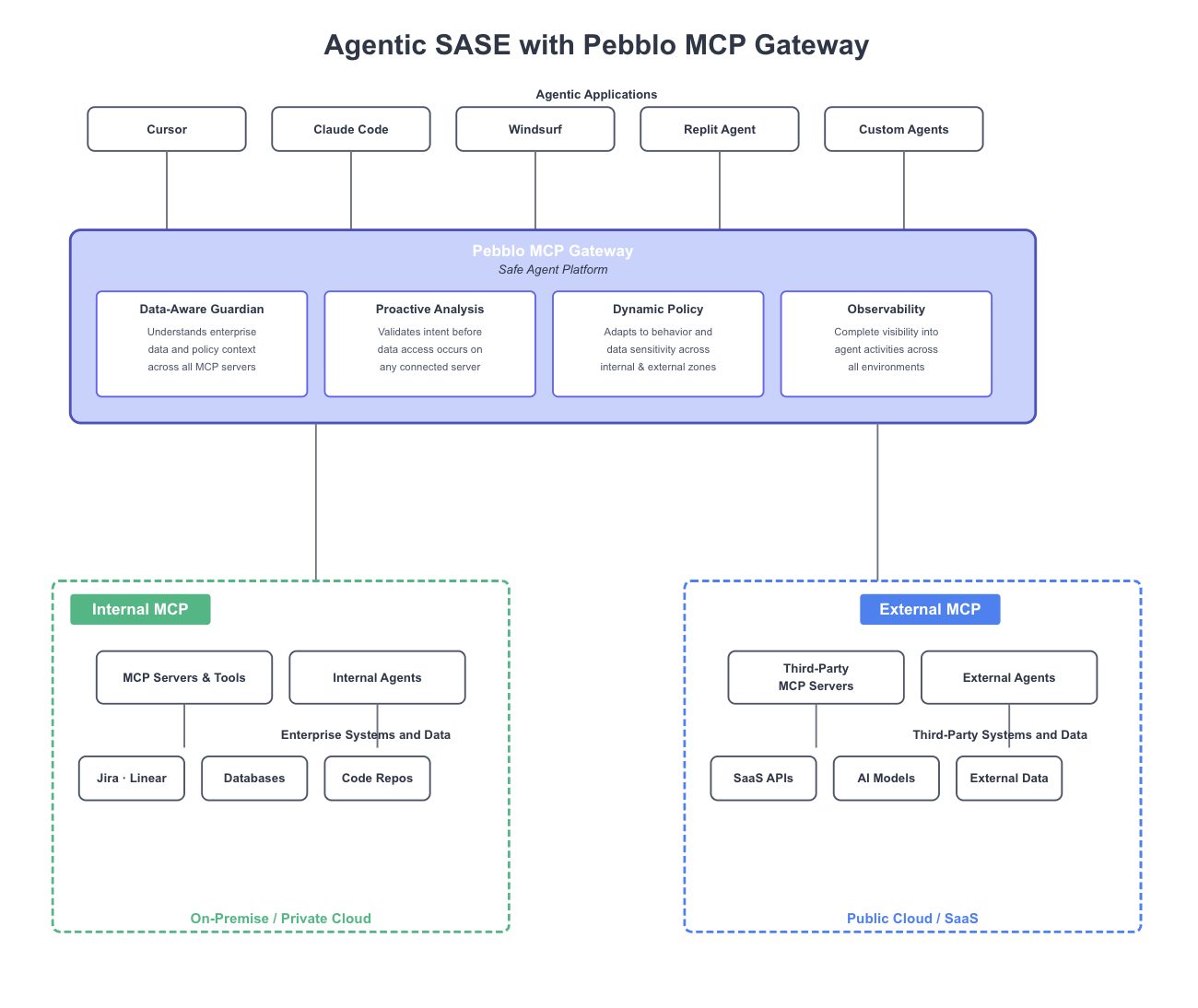
The Strategic Imperative
The Data-Aware Foundation
Traditional security vendors approach agentic challenges with network-centric thinking. Daxa's Safe Agent platform provides fundamental advantages through its data-aware approach:
- Semantic Intelligence: The platform understands not just that data moved, but what it means and why it matters to the business
- Enterprise Context: Embedded guardian agents maintain awareness of business workflows, data relationships, and organizational priorities
- Behavioral Reasoning: Beyond pattern matching, the platform can reason about agent behavior, identifying subtle indicators of compromise or misuse
- Adaptive Learning: Guardian agents continuously improve by understanding enterprise data patterns, agent interactions, and evolving threat landscapes
The Cognitive Future is Now
Enterprises are already deploying AI agents across development, operations, and business processes. The question is whether these deployments happen with appropriate security controls. Traditional SASE provided the foundation for cloud transformation. Agentic SASE provides the foundation for Al transformation.
Organizations implementing Agentic SASE can govern their AI initiatives with the same rigor they apply to traditional IT systems. Data-aware security enables enterprises to understand not just what their agents are doing, but whether those actions align with business policy and data governance requirements. This foundation becomes increasingly valuable as agent capabilities expand and integrate more deeply into enterprise workflows.
Agentic SASE represents a practical response to the operational challenges of enterprise AI adoption. Daxa’s Pebblo Safe Agent platform provides the proven technology to implement Agentic SASE today, enabling organizations to lead with confidence in Al adoption while building the security foundation for the next decade of cognitive computing.













